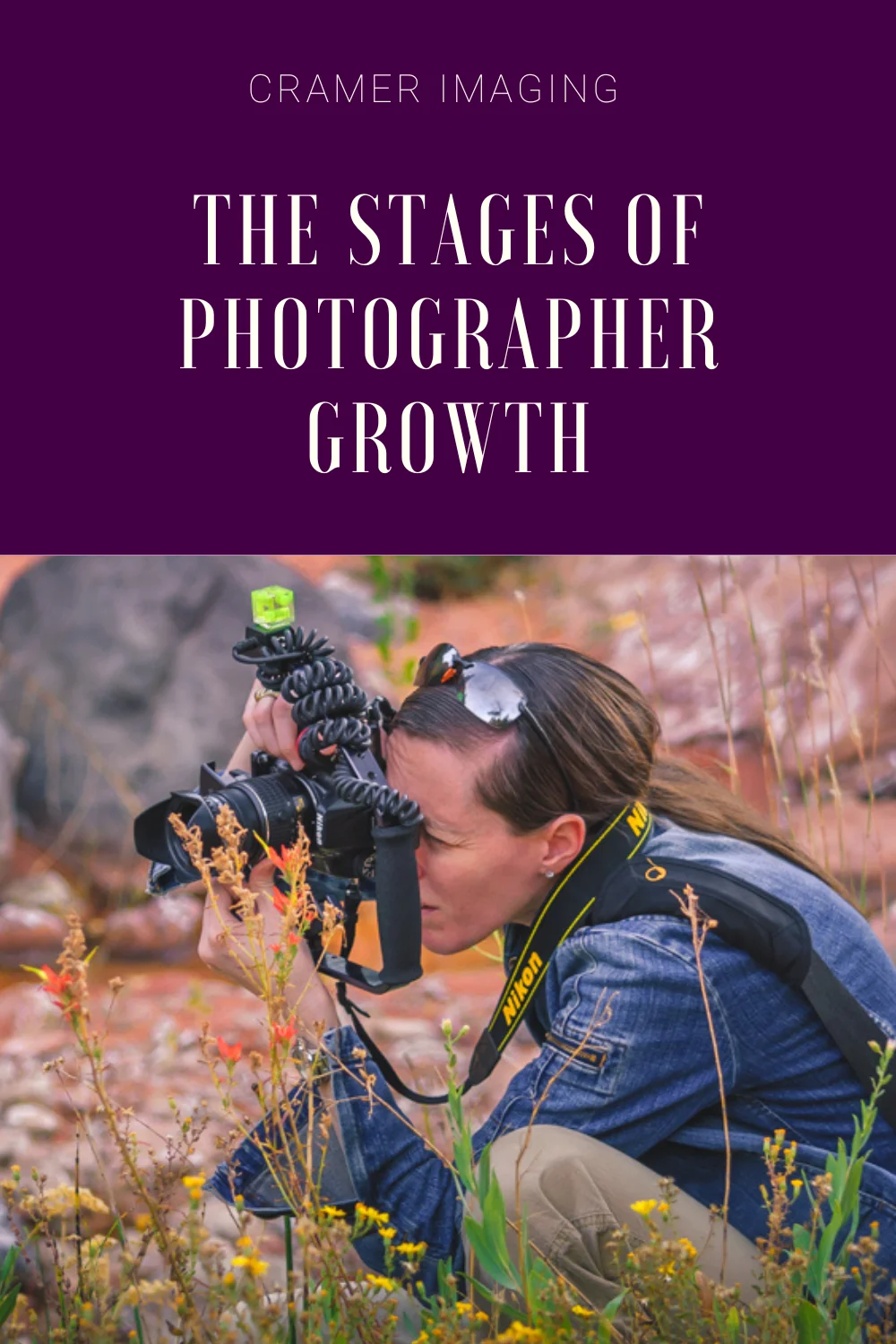
It’s no secret I’ve been a professional photographer for several years now and a photographer for a few more. In my time and growth, I’ve entered several different stages. As I recently found myself crossing into another stage, I thought I’d talk about them for budding photographers. So, here it is: the stages of photographer growth.
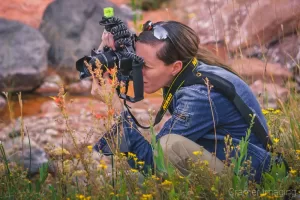
Please keep in mind that I’m still growing as a photographer so there very well could be more stages ahead of me. As they come, I may add to this list.
The very first stage a photographer starts at is wanting to learn photography. None of us are born with an innate talent for properly handling an camera and exposing an image. We must learn these simple and rudimentary skills: basic camera operations, the exposure triangle, basic composition, and more. This is the beginning of a photographer’s journey. Many stop here. Many do not complete or move beyond this step. That’s just fine. Perhaps serious photography wasn’t for them. However, everyone starts here.
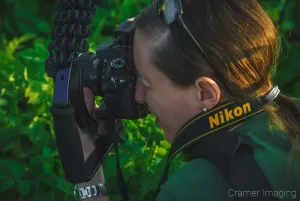
As a novice photographer grows, he or she will eventually find interests in photography. There’s plenty to choose from. From high fashion, to weddings and events, to landscapes, to sports, to street photography, to wildlife photography, to portraits and headshots, to macro photography, and more. You may find yourself drawn to multiple subjects. However, if a photographer reaches this stage of growth, then he or she may at least stick with photography as a hobby long term.
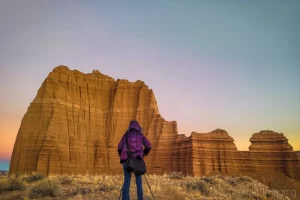
At some point in a photographer’s growth, he or she may realize that taking the photos he/she likes requires decent camera gear in order to capture the kinds of photos he/she wants. This is usually the point where a photographer starts looking into DSLR cameras. Perhaps a film hobbyist may invest in a more traditional SLR camera. Along with the purchase of a camera body comes a few kit lenses such as a wide angle and a telephoto lens. A tripod is also on the list. With this basic gear, then the budding photographer may begin to take the photos he/she dreams of.
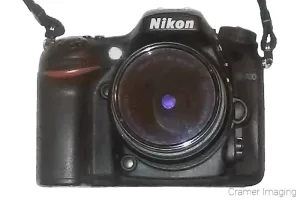
At some point, a budding novice photographer will realize that hand-holding, built-in flash, and simple tripod use will not yield the kinds of photos which photography pros create. This novice will then start seeking out accessories to assist in the photography process. Things like a removable flash unit, a cable release, a spare battery, more memory cards, a simple backdrop setup, a cleaning kit, a more conducive camera bag, and more come to mind in this stage. As the list of photography accessories is long and growing, it’s difficult to narrow things down. Your chosen subject matter will help determine some of these accessories for you.
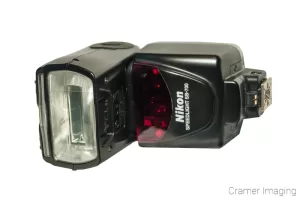
As the novice photographer moves into the serious hobby space and towards a professional space, he/she will realize that the pros do not use photos straight out of the camera. They use software to filter and enhance their raw images into the masterpieces you know and love. This budding photographer will then turn to Lightroom and Photoshop or the many other options on the market today for post-processing. Included here is an education into how to use said software: be it a class, an online tutorial, a YouTube video playlist, or more.

At this stage of growth, many photographers stay. They stay in the serious hobbyist stage. They may even sell a print or 2 or even pick up a gig occasionally. Here a photographer must spend time growing his/her portfolio. The photographer’s growth is now determined by how frequently he/she shoots and processes. You may notice a marked improvement over time in the quality of images this photographer creates.
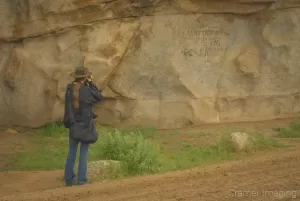
Most photography revolves around prints. Eventually, a serious photographer will seek out a professional level print company to print their photos. There’s simply no point in pursing photography seriously if you create a beautiful image on screen only to print out a mediocre-at-best print to sell to customers. Along with this stage goes seeking out screen adjustment software and hardware to match what the printer spits out as closely as possible to what appears on screen. Why should a photographer of any decent skill level want to present his/her photography in print form in anything less than its very best? So the experimentation with print companies begins.
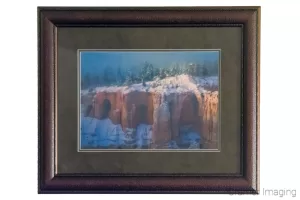
Many hobbyist photographers never reach this stage, which is just fine. However, you will notice your growth as a photographer when you start running into limits with your current camera gear. Perhaps you’re into sports photography and you want to freeze helicopter blades in the air. You need some fast glass (lenses which will allow you to take tiny fractions of a second photos). Maybe you want to pursue astro-photography or astro-landscape photography. For that, you need a high ISO with very low noise. There are lots of different limits which you may run up against. Those are a couple examples I experienced.
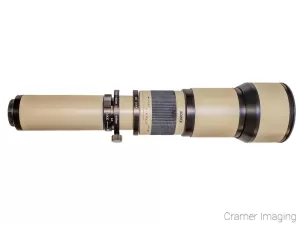
When this happens, a growing photographer needs to shop for specific gear which will overcome this hurdle. He/she will generally know what specifically is required and shop accordingly.
Even with upgraded camera gear, the serious photographer will eventually run into a ceiling with his/her camera accessories. For the photographer who relies upon the spontaneous shot (think street photography, weddings, sports photography, wildlife photography, and more), you may require a carrying system which will keep your camera handy at a moment’s notice. A family portrait photographer may realize that a simple and cheap backdrop with frame and unweighted lighting system will not stand up to inquisitive toddlers. A wildlife photographer, adventure photographer, landscape photographer, and more may require a carrying system which will hold up heavy extreme telephoto lenses for long hikes. You get the idea.
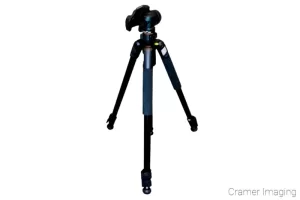
Even camera accessories have limits and a growing serious photographer will run into them. As with the previous stage of growth, the photographer will know and understand these limits and shop accordingly for proper accessories.
As a serious photographer continues to grow, he or she will experience the last 2 stages multiple times. These stages may be small or big leaps forward. Either way, the stages of upgrading camera gear and accessories becomes a treadmill at this point. As camera body technology continues to expand and grow, there’s always something new and better out there for upgrade. The question is whether or not the photographer actually needs it.
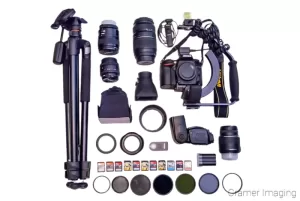
Please keep in mind that some of these stages are a bit flexible in order. A growing serious photographer will experience all of these stages but not necessarily in the order which I presented. This was my order of growth. Others may experience things a bit differently.
In conclusion, the stages of growth which a photographer experiences will propel his or her photography to the next level. You will find him or her creating better and better photos until indistinguishable from professional-level photography. If you’ve reached the next stage in your photography, enjoy the growth and good luck.


Receive monthly updates in your inbox from us.

Join our email-only photo of the week club to get the full stories behind how we captured our favorite fine art landscape photos.
We respect your privacy
No More Results